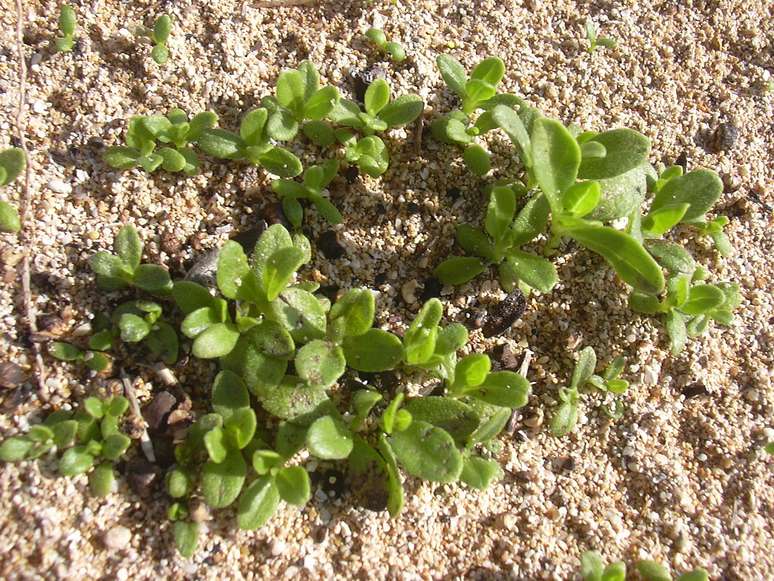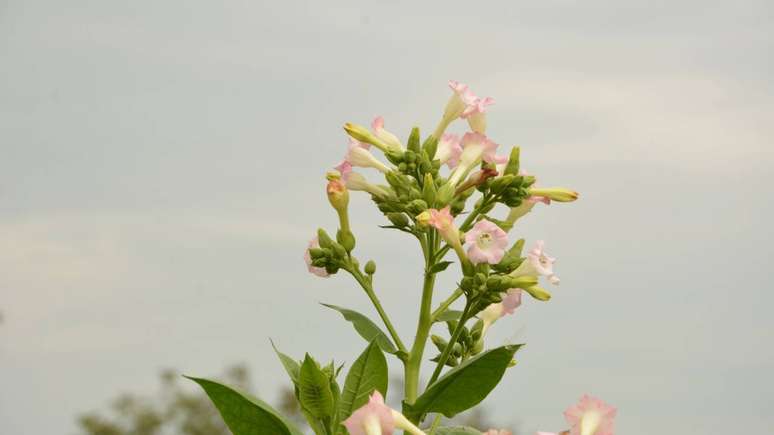Nicotiana glauca, often called false cabbage, attracts the attention of experts due to its appearance similar to edible plants and the potential toxic risk if consumed. Understand why this happens.
Nicotiana glauca, often called false cabbage, attracts the attention of experts due to its appearance similar to edible plants and the potential toxic risk if consumed. This fast-growing, variable-sized shrub can reach seven meters in height and is found in several regions of Brazil. Furthermore, its leafy and attractive appearance means that it is sometimes confused with species used in food. In particular by those who do not know its specific botanical characteristics.
The confusion is aggravated by the similarity of its leaves, which resemble the common cabbage in shape and color. Therefore, this harmless appearance leads to errors, especially in rural areas and urban gardens, where plant identification often occurs only through visual observation. However, Nicotiana glauca belongs to the Solanaceae family, the same as tobacco, and brings together a series of chemical compounds that make it extremely dangerous for humans and animals.
What are the main risks of fake cabbage?
The toxicity of false cabbage is due to the presence of powerful alkaloids. In particular anabasine, a substance that acts similarly to nicotine present in other Nicotiana species. If ingested, even in small quantities, it can cause serious intoxication, manifested by symptoms such as dizziness, vomiting, abdominal pain, muscle weakness and respiratory disorders.
Toxic effects may vary depending on the quantity ingested and the sensitivity of each individual. In animals, especially cattle, horses and goats, poisoning episodes frequently occur due to involuntary grazing in areas where Nicotiana glauca predominates. Additionally, severe cases can progress rapidly and lead to death if not treated quickly. This potential risk requires greater attention from farmers, ranchers and even people who maintain home gardens.
How to identify and differentiate Nicotiana glauca from other plants?
Recognizing false cabbage is essential to avoid accidental poisoning. The plant has oval and elongated leaves, greyish-green in colour, with a velvety consistency to the touch. Another surprising feature are the yellow tube-shaped flowers, which appear especially in the months with milder climates.
- Leaves: oval, with entire margins and without teeth, unlike the cut leaves of true cabbage.
- Stem: slightly woody and whitish in appearance in more mature plants.
- Flowers: tubular and yellow, which differentiate the species from others used for food purposes.
By observing the above details you can avoid confusion with edible vegetables. When you notice any suspicion, it is recommended not to consume leaves of unknown origin, especially in regions where Nicotiana glauca grows easily.
Why does false cabbage spread easily?
Another factor that contributes to the spread of false cabbage is its high ability to adapt to different soils and climates. An invasive species in many areas, it grows in vacant lots, roadsides, pastures and even residential yards. The ease with which it disperses its seeds prevents effective control without concentrated environmental management actions.
- Abundant seed production throughout the year.
- High resistance to adverse conditions, such as drought and degraded soils.
- Absence of natural predators in some regions, favoring growth.
These characteristics increase the risk of involuntary contact with the plant, increasing the need for educational campaigns aimed at identifying false cabbage and raising awareness of its dangers.

Is there a cure for Nicotiana glauca poisoning?
In case of accidental ingestion, immediate medical treatment is required. Management depends on the presenting symptoms and may involve gastric lavage, administration of activated charcoal, and respiratory support, depending on the severity of the condition. There are no specific antidotes for the alkaloids present in the species, which reinforces the importance of prevention and early recognition of clinical signs.
False cabbage continues to pose a challenge to both public health and agriculture, requiring greater attention in identification and management, especially in regions where its presence is more frequent. Correct guidance and disclosure of its characteristics are essential to reduce identification errors and avoid risks to the health of people and animals.
Source: Terra
Ben Stock is a lifestyle journalist and author at Gossipify. He writes about topics such as health, wellness, travel, food and home decor. He provides practical advice and inspiration to improve well-being, keeps readers up to date with latest lifestyle news and trends, known for his engaging writing style, in-depth analysis and unique perspectives.








